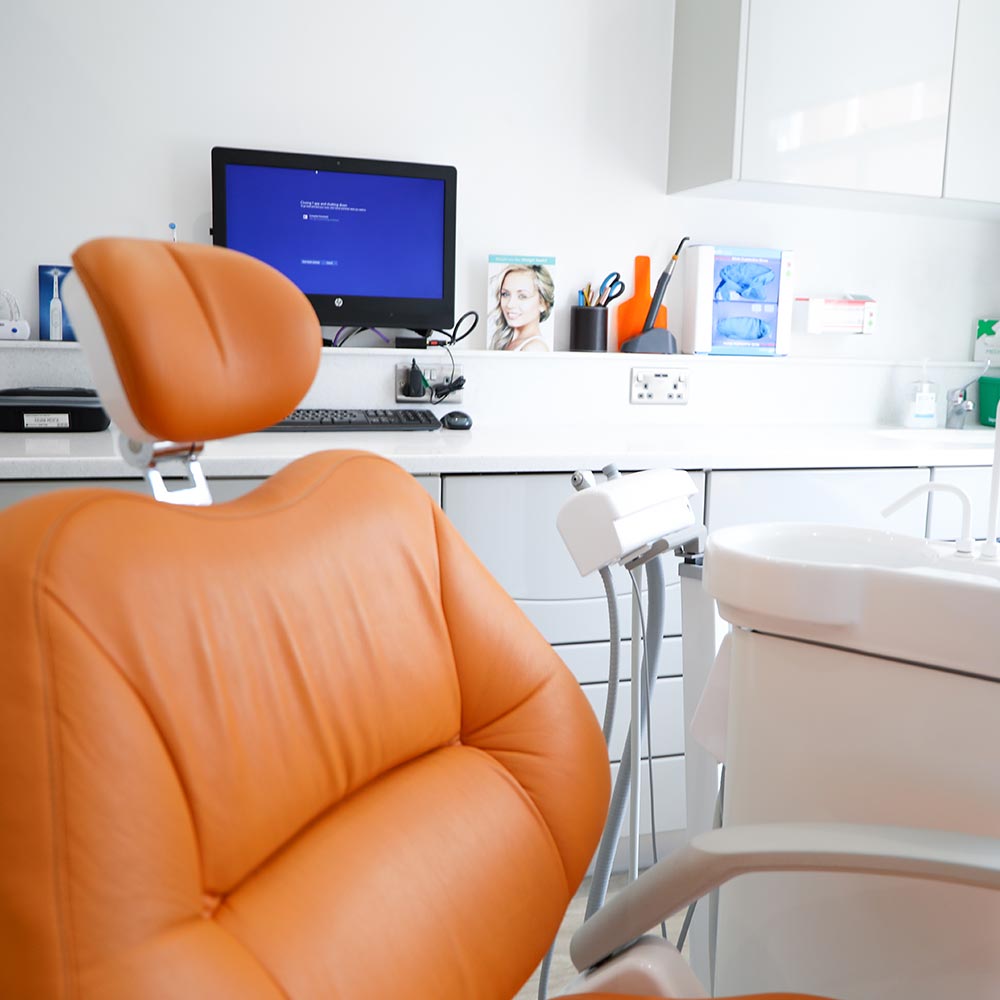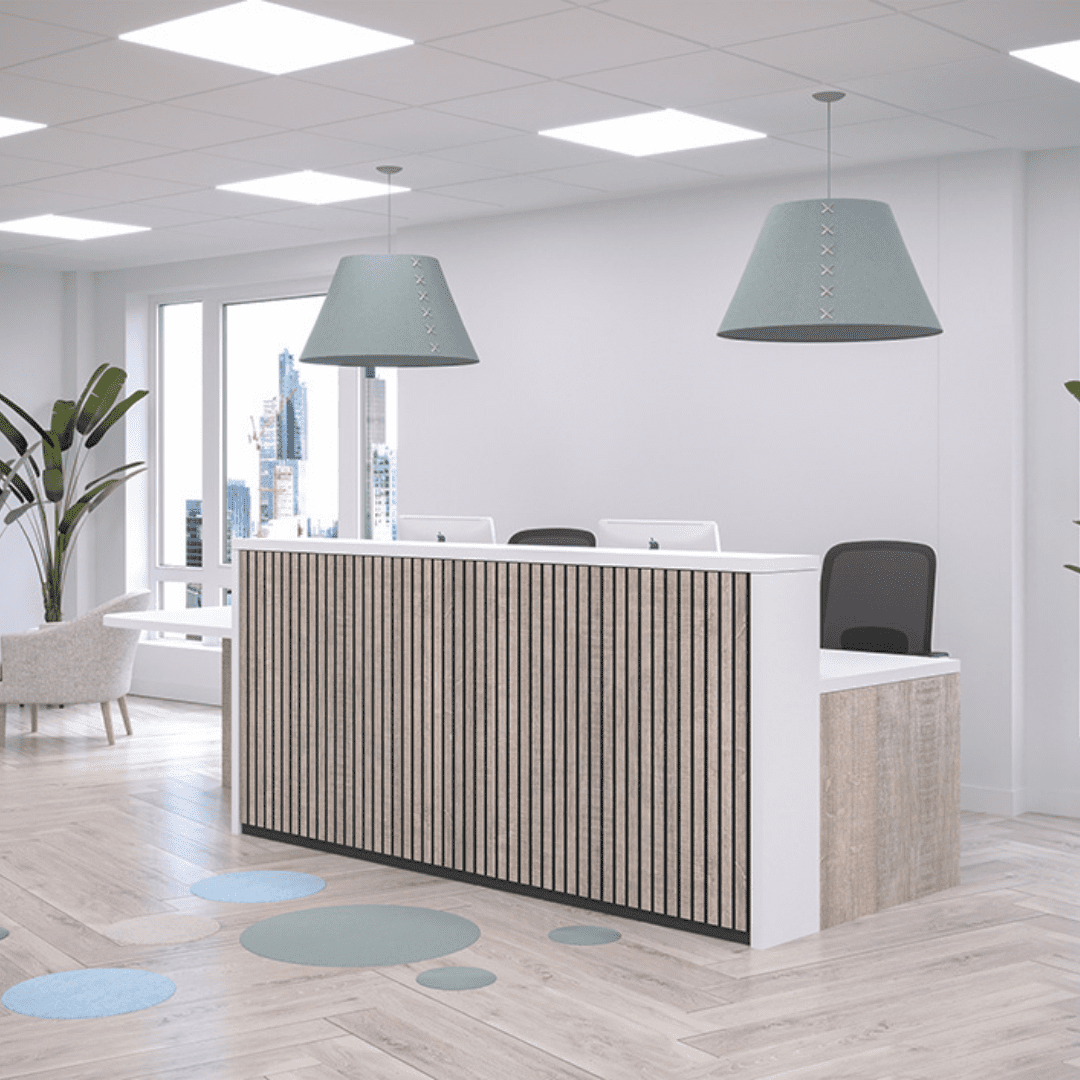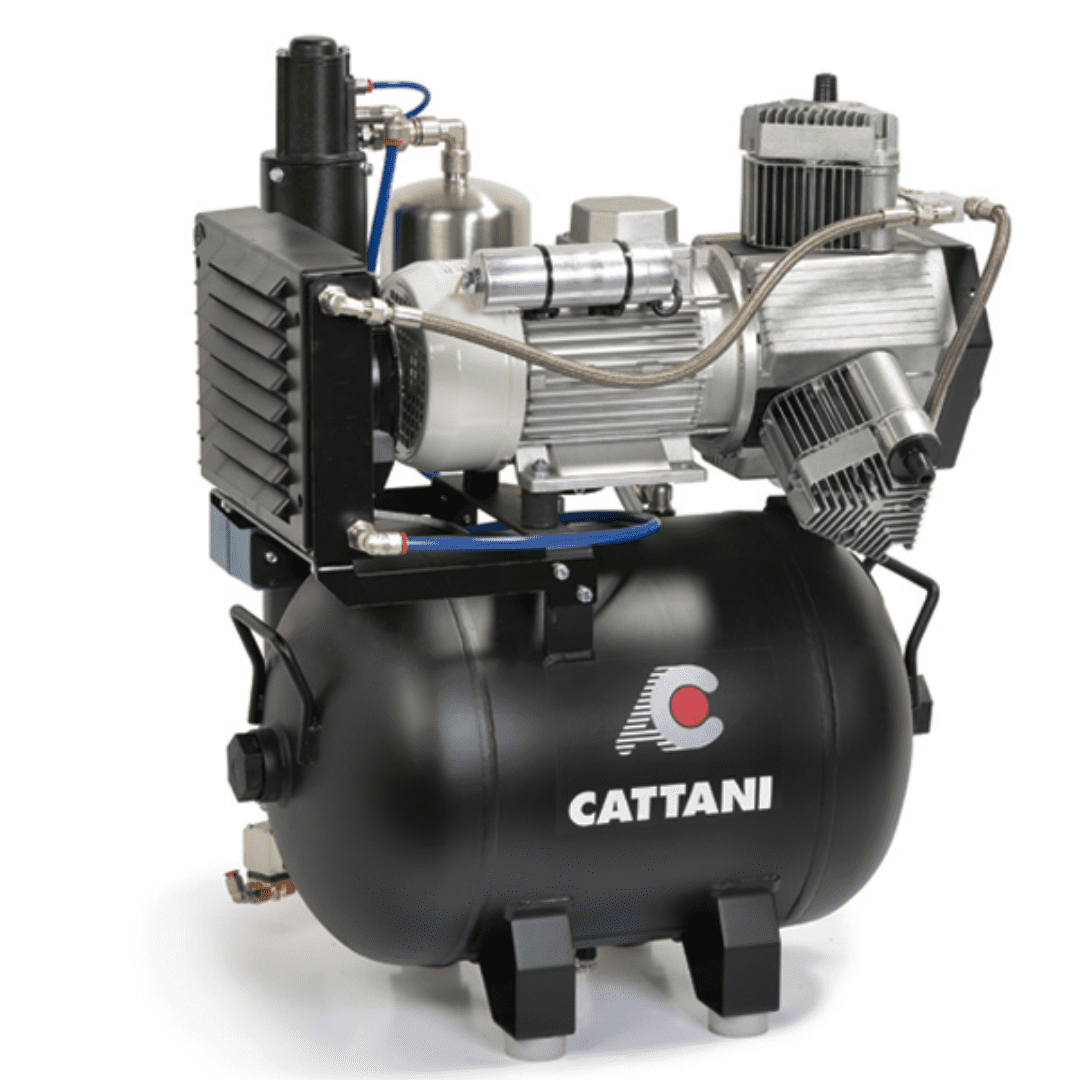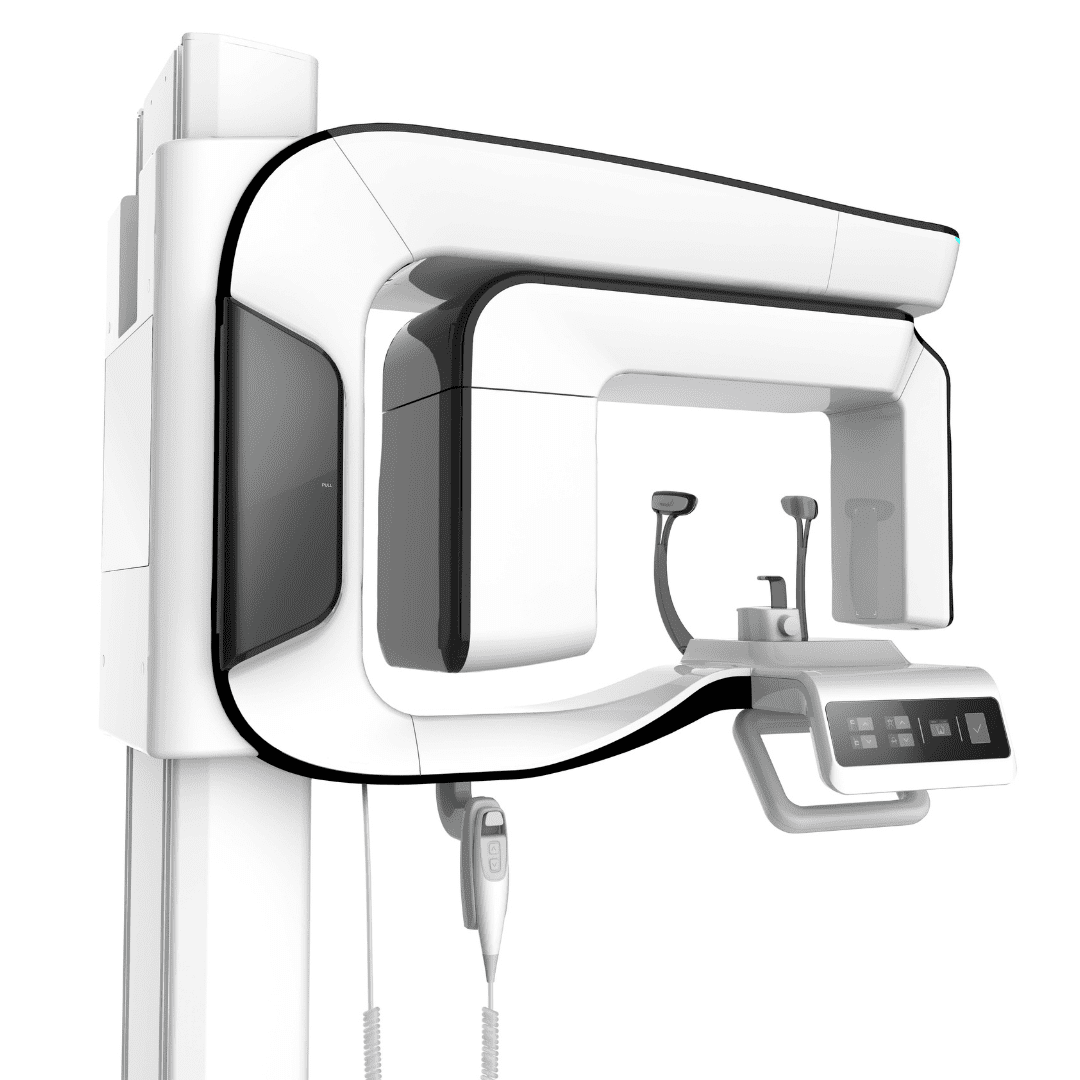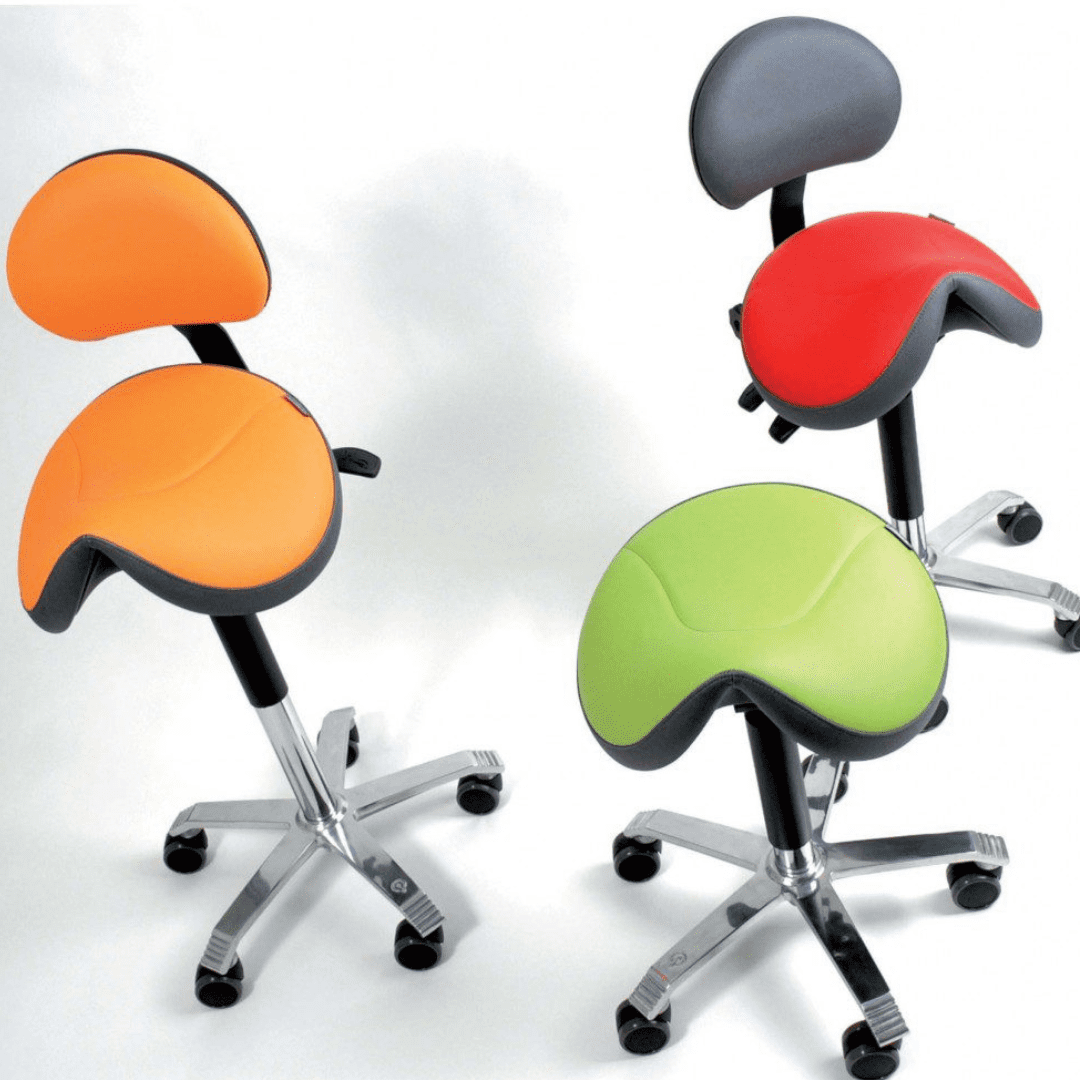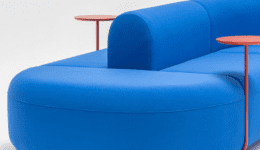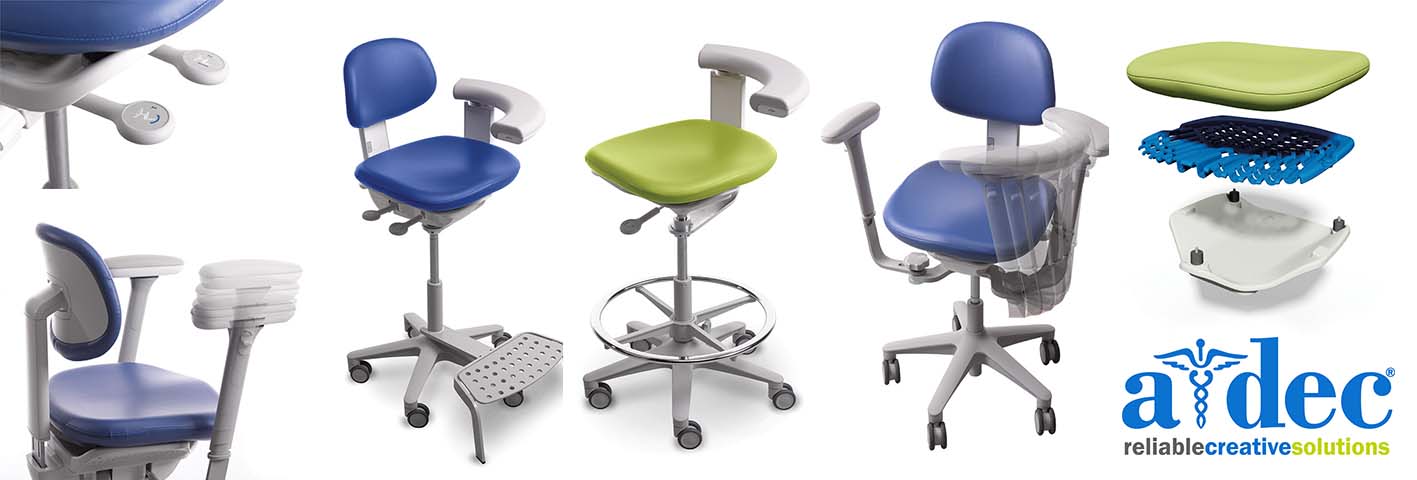Dentistry is a profession that demands long hours of focused work while ensuring the utmost comfort for both the dentist and the patient. A crucial element in achieving this balance is the dental stool. Designed to provide ergonomic support and flexibility, dental stools come in various types, each offering unique benefits to enhance the dentists, or dental nurse’s, comfort, posture, and overall well-being during clinical procedures.
Dentist Stools:
Dentist stools are designed with the dentist’s comfort and posture in mind. Most feature an adjustable height, seat tilt, and lumbar support, allowing dentists to maintain a healthy posture can working comfortably for longer periods. Dentist stools often incorporate a saddle-shaped seat, promoting an open hip angle that reduces strain on the lower back. By distributing the weight evenly and encouraging natural spinal alignment, ergonomic dental stools alleviate discomfort and help prevent musculoskeletal disorders associated with prolonged sitting.
Dental Nurses Stools:
Dental nurses play a crucial role in supporting dentists during procedures. Dental nurse stools are specifically designed to provide comfort and mobility for these professionals. These stools typically feature a low backrest and extra arm support allowing assistants to hold still for extended periods or move freely and access instruments and supplies effortlessly. With swivel capabilities and smooth-rolling casters, dental nurse stools enable easy manoeuvrability around the dental surgery, promoting seamless teamwork and efficient workflow.
Saddle Stools:
Dental saddle stools derive their name from their resemblance to a horse’s saddle. They feature a wide, contoured backless seat that mimics the shape of a saddle, which allows for more relaxed shoulder and neck muscles and promotes a more natural and balanced sitting posture. The design facilitates better weight distribution and reduces pressure on the thighs and buttocks. This encourages improved blood circulation and minimises the risk of developing pressure sores. Furthermore, saddle stools enhance mobility thereby optimizing their efficiency during treatments.
Upholstery colours:
A wide range of upholstery colours are available that can complement and align with the clinic’s branding, interior design, and the desired atmosphere. Ultraleather upholstery is a synthetic material that is designed to be durable, stain-resistant, and easy to clean. It is made from a blend of polyurethane and polyester, and it has a soft, supple feel, and it’s a popular choice for dental chair upholstery as it can withstand the rigors of daily use. It is also resistant to fluids and moisture, so it can be easily cleaned. It is essential to consider factors such as ease of maintenance, durability, and the overall aesthetic appeal when selecting the upholstery colour for dental stools.
Benefits of Using an Appropriate Dental Stool:
Choosing the appropriate dental stool not only ensures the comfort of the dentist but also enhances the quality of work, leading to a successful practice. By providing proper support and reducing the risk of injury and strain, a good dental stool improves comfort during long hours of sitting. Furthermore, it enhances efficiency in the dental office, promoting productivity, precision, and focus for better patient care and satisfaction. Investing in the right dental stools benefits both dental professionals and patients by promoting comfort, preventing injuries, and improving overall well-being.
Dental stools play a significant role in supporting dental professionals and ensuring their comfort throughout long hours of clinical work. Whether it’s an ergonomic stool for dentists, a saddle stool for enhanced posture, or specialised stools for assistants and hygienists, choosing the right stool type can make a substantial difference in promoting optimal ergonomics, reducing physical strain, and enhancing the overall dental experience for both practitioners and patients.
